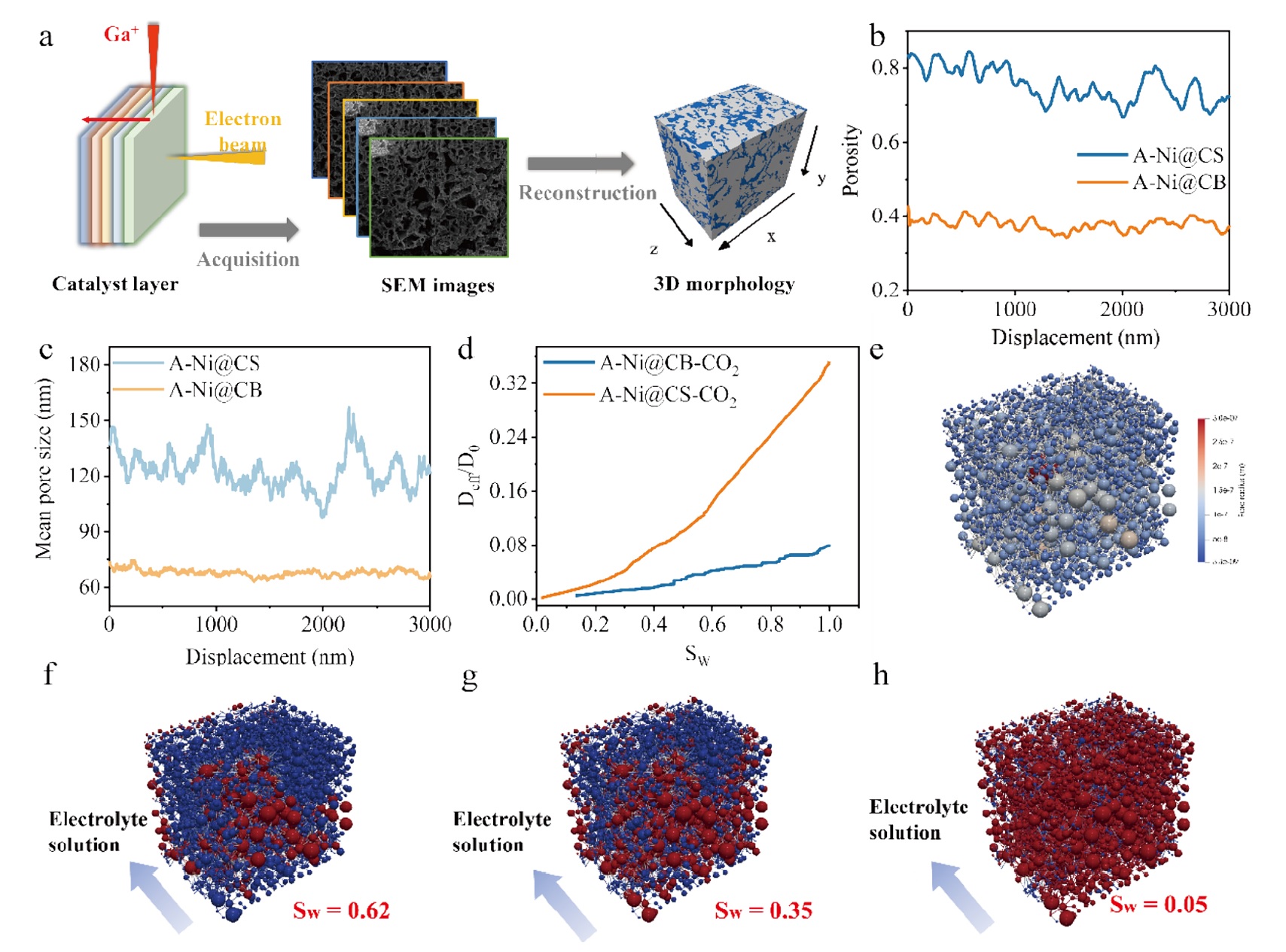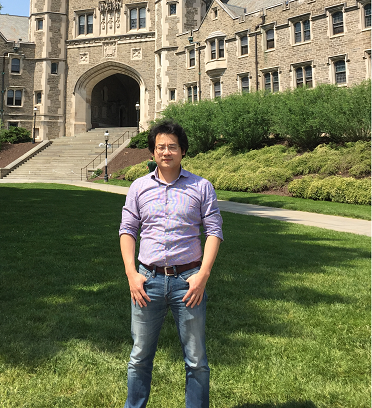Microenvironment design strategies for enhanced CO 2 electroreduction with a 60 % full-cell energy efficiency
Published in Chemical Engineering Journal, 2024
Low current densities (production rates) and low energy efficiency (EE) caused by poor catalyst activities and limited CO2 mass transfer in the catalyst layer (CL) prevent CO2 electrolysis from application. Herein, we report atomically dispersed Ni catalysts anchored on macroporous hollow nano-carbon sheets (A-Ni@CS) that simultaneously optimizes the coordination of Ni atoms and CO2 transport in the CL. The unique Ni–N5–O/C structure of A-Ni@CS lowers the energy barrier of *COOH formation, and the layered nano-to-micro porous structure increases the mass transfer of CO2, enhancing the local CO2 concentration in the CL. By employing a zero-gap flow cell, A-Ni@CS can mediate CO2 to CO conversion with a 60 % full-cell EE at 200 mA/cm2.

Recommended citation: Pengtao Yue, Junjun Wu, Chaozhong Qin, Bowen Shi, Yang Wang, Yue Zhang, Yanan Zou, Jun Li, Liang Zhang, Xun Zhu, Miao Zhong, Qian Fu, Qiang Liao, Microenvironment design strategies for enhanced CO2 electroreduction with a 60% full-cell energy efficiency, Chemical Engineering Journal, 497, 154607, 2024, https://doi.org/10.1016/j.cej.2024.154607.
Download Paper
